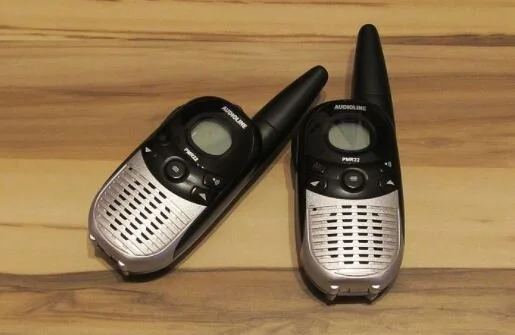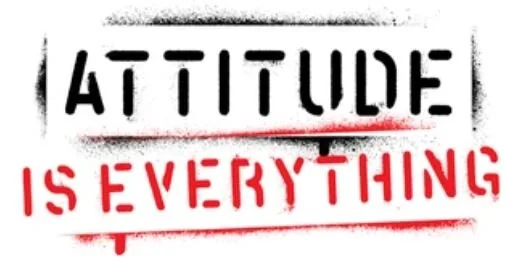COLLECTION SAFETY SYSTEM PART 1 (SAFETY MEASURES)
The construction of sewers should be in accordance with standard design, with special attention
to self-cleaning velocities, good alignment, proper spacing of manholes, and adequate provision
for ventilation. These design standards when followed, will provide for a safer work
environment. However, there are several other points of safety that are of major importance.
Read More
SELF CONTAINED BREATHING APPARATUS (SCBA’S)
inspected on a regular basis, and are sanitized before and after use. The SCBA training video
will be viewed twice a year by all personnel.
Read More
Respiratory Protection Policy (Respirator Inspection - Respirator Certification )
The concentration of the hazard will be monitored before respirator selection and periodically
thereafter to ensure that the correct respirators are being utilized.
Read More
Employee Responsibility - Respirator Fit
Employees will use respirators provided in accordance with training received.
Employees must report any malfunction of a respirator to their supervisor immediately, and that
respirator will be taken out of service to be repaired or replaced.
Read More
S.O.R.T Tool
There is an endless amount of acronyms when talking about safety. The acronym S.O.R.T. is a tool that can help remind us to take steps to address hazards and create a safe work environment. S.O.R.T stands for Stop, Observe, Recognize, and Take Ownership.
Read More
VEHICLE INSPECTIONS
While many accidents are caused by distracted driving and driving under the influence, mechanical issues also lead to accidents.
Vehicle inspections and preventative maintenance are effective ways to prevent mechanical issue-related crashes….
Read More
THREE-WAY COMMUNICATION
Three-way communication can be critical in verifying a message is understood during a work task which can make all the difference in whether a worker is injured or not….
Read More
DANGERS OF SNAKES
There are many different kinds of wildlife that can pose a danger to workers in the United States. Different geographical regions deal with different types of wildlife. Snakes, both venomous and non-venomous, can be a major concern for many different workers across the U.S. It is important to consider if snakes could be in your work area and what steps need to be taken to prevent any type of injury or incident due to them.
Read More
BACKING UP HAZARDS
Operating heavy equipment or a motor vehicle is inherently a hazardous task, however, backing up creates more risk for incidents to occur. According to the National Safety Council, backing accidents cause 500 deaths and 15,000 injuries per year. All too often, unnecessary backing is responsible for injuries or property damage incidents. It is important to consider the hazards of backing and what can be done to mitigate these hazards.
Read More
HEALTH AND SAFETY RULES
Health and safety is of primary importance when working in the field. LMK Pipe Renewal
desires that each employee be thoroughly aware of the following preventative measures: Field
workers have an exposure to polluted water and refuse by virtue of the very nature of their work
during the installation of the liners.
Read More
SAFETY TRAINING
The LMK Pipe Renewal safety Committee will provide safety training of the following types.
All employees, as specified are required to receive such safety instructions.
Read More
EMERGENCY ACTION PLAN
LMK Pipe Renewal has made the decision that personal safety takes precedent over company
property in all emergencies. No extreme action should be taken that Threatens personal safety.
Dial 911 in the event of an emergency.
Read More
REPORTING ACCIDENTS
All accidents involving injury or exposure to toxic chemicals must be reported to the Laboratory
Supervisor and the Lab Health and Safety Officer immediately. If an injury results from an
accident, an accident report form must be filled out by the personnel directly involved.
Read More
HURRICANE PREPAREDNESS-RESPONSE PLAN
It is company policy to stop or delay construction activities, 24 to 48 hours prior to landfall
depending on the project’s geographical distance from our closest shop/yard. The only
exception would be for any activity related to prepping or securing the job site for the coming
storm.
Read More
LACK OF TIME
There are many different sources of pressure individuals face at work for getting the job done. Time, or the lack of it, is a major driver in whether or not workers feel that they need to rush to get a job complete. It is important to plan work accordingly to avoid having to rush work tasks.
Read More
HABITS AND SAFETY
We all have habits that we follow on a daily or weekly basis. These habits have a major effect on our life. They also affect the choices we make at work…..
Read More
CHEMICAL HANDLING AND REAGENT PREPARATION
Transport and handle bulk chemicals and concentrated reagents with extreme care. Always use
two hands when carrying bottles of acid or large sizes of stock chemicals. Plastic carrying
containers are available for transporting large bottles, which are not safety coated.
Read More
EQUIPMENT MAINTENANCE
Equipment should be inspected prior to use.
Keep equipment maintained. All major equipment is serviced regularly. Smaller appliances
should be checked as necessary.
Read More
FOOD, BEVERAGES, AND SMOKING
Smoking is not permitted.
The consumption of food is not permitted in wetout area.
Beverages are allowed but may only be kept and consumed at "dry" personal desks or computer
stations. Drinking in any work isle or at "wet" benches is strictly prohibited. Beverages are
prohibited in the microbiology laboratory, dishwasher room, chemical storage area and near
fume hoods. Consumption of drinks is discouraged while an analyst is actively performing tests.
Read More




















